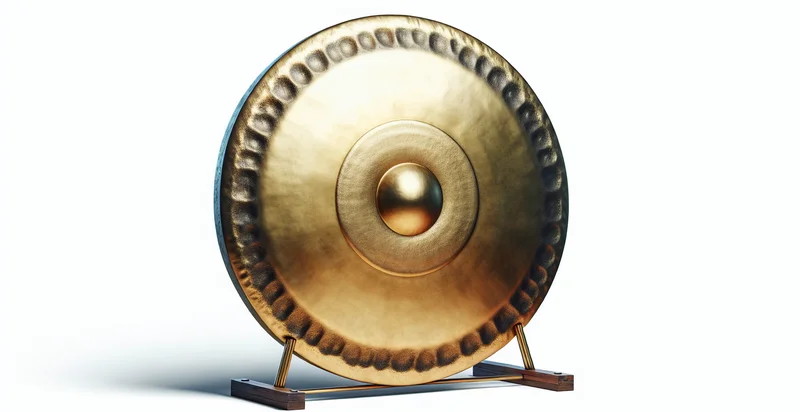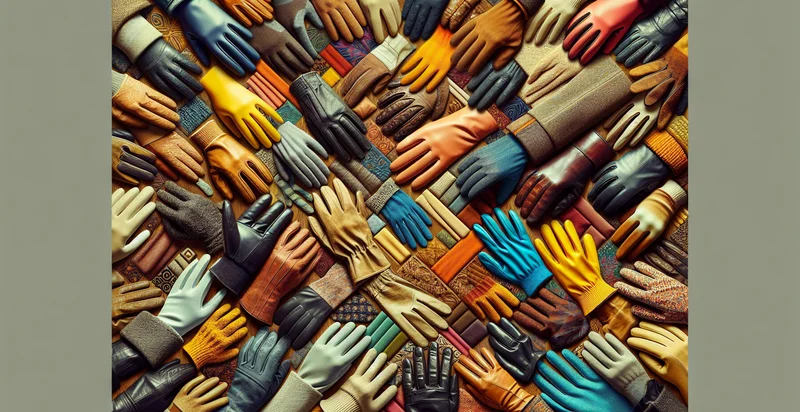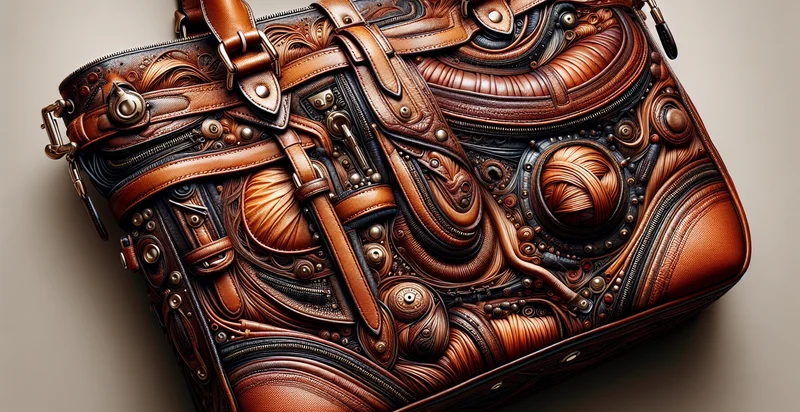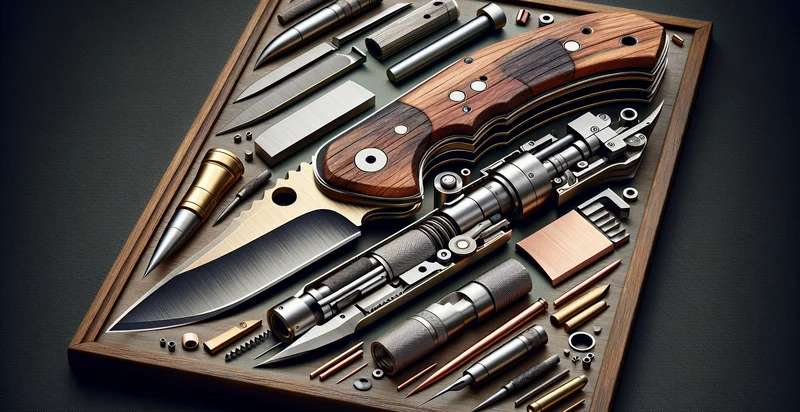Identify what material a gong is made from
using AI
Below is a free classifier to identify what material a gong is made from. Just upload your image, and our AI will predict what material a gong is made from - in just seconds.

Contact us for API access
Or, use Nyckel to build highly-accurate custom classifiers in just minutes. No PhD required.
Get started
import nyckel
credentials = nyckel.Credentials("YOUR_CLIENT_ID", "YOUR_CLIENT_SECRET")
nyckel.invoke("what-material-a-gong-is-made-from", "your_image_url", credentials)
fetch('https://www.nyckel.com/v1/functions/what-material-a-gong-is-made-from/invoke', {
method: 'POST',
headers: {
'Authorization': 'Bearer ' + 'YOUR_BEARER_TOKEN',
'Content-Type': 'application/json',
},
body: JSON.stringify(
{"data": "your_image_url"}
)
})
.then(response => response.json())
.then(data => console.log(data));
curl -X POST \
-H "Content-Type: application/json" \
-H "Authorization: Bearer YOUR_BEARER_TOKEN" \
-d '{"data": "your_image_url"}' \
https://www.nyckel.com/v1/functions/what-material-a-gong-is-made-from/invoke
How this classifier works
To start, upload your image. Our AI tool will then predict what material a gong is made from.
This pretrained image model uses a Nyckel-created dataset and has 13 labels, including Aluminum, Brass, Bronze, Ceramic, Copper, Glass, Iron, Metal, Mixed Materials and Nickel.
We'll also show a confidence score (the higher the number, the more confident the AI model is around what material a gong is made from).
Whether you're just curious or building what material a gong is made from detection into your application, we hope our classifier proves helpful.
Related Classifiers
Need to identify what material a gong is made from at scale?
Get API or Zapier access to this classifier for free. It's perfect for:
- Material Verification for Authenticity: Businesses in the art and antiques market can utilize the image classification function to verify the authenticity of gongs made from specific materials such as bronze, brass, or iron. This can help prevent fraud and ensure that customers are purchasing genuine items that align with their value propositions.
- Manufacturing Quality Control: Manufacturers producing gongs can implement the material identification function during the quality control process to ensure consistency in the materials used. This can help maintain product standards and reduce defects caused by incorrect material usage.
- Market Research and Product Development: Businesses can use the material classification data to analyze customer preferences for different gong materials, informing future product designs. This enables them to create products that better align with consumer demands while leveraging trending materials.
- Supply Chain Optimization: Retailers can use the function to assess incoming shipments of gongs to ensure they meet material specifications before they enter inventory. By doing this, businesses can streamline their supply chains and reduce the risk of stocking subpar products.
- E-commerce Product Listings: Online retailers specializing in musical instruments can utilize the material identification function to provide accurate descriptions of their gong products. This enhances customer trust and satisfaction by delivering precise information on the quality and acoustic properties of the gongs offered.
- Environmental Impact Assessments: Companies focused on sustainability can leverage the material classification function to evaluate the environmental footprint of the materials used in their gongs. This information can guide decision-making around eco-friendly practices and promote responsible sourcing of materials.
- Cultural Heritage Preservation: Organizations involved in the preservation of cultural artifacts can use this technology to accurately classify and document gongs made from various traditional materials. This could support research and educational initiatives while helping to maintain and celebrate cultural heritage.


